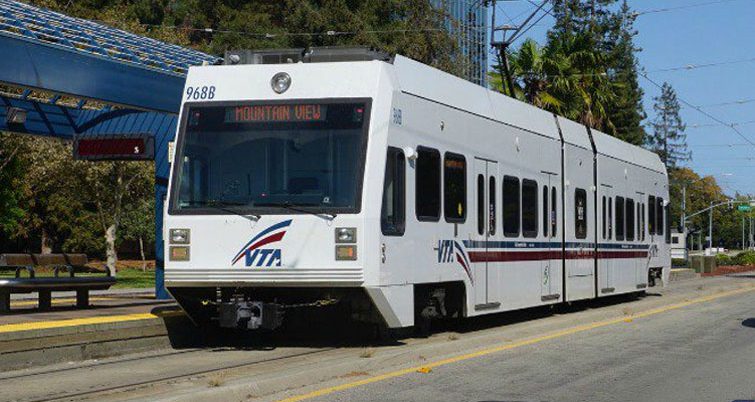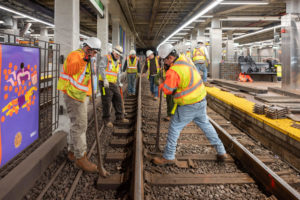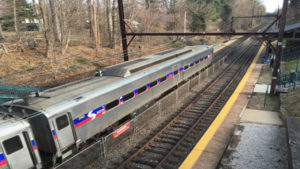Positive audit for SCVTA’s 2000 Measure A
Written by Kyra Senese, Managing Editor
The Santa Clara Valley Transportation Authority (SCVTA) has collected tax dollars garnered from 2000 Measure A, which are being allocated in accordance with the measure’s intent, the latest audit commissioned by the 2000 Measure A Citizens Watchdog Committee (CWC) says.
The group is responsible for reviewing SCVTA’s related expenditures to confirm funds are spent in compliance with the ballot, officials said.
Santa Clara County voters approved a 30-year half-cent sales tax in November of 2000 that is devoted to specific public transit capital improvement projects and operations.
Voters defined the SCVTA as the implementing authority, and tax collection began in mid-2006, making FY 2017 the eleventh year of the 30-year program.
The Measure A ballot also required that an independent Citizens Watchdog Committee, which includes SCVTA’s Citizens Advisory Committee (CAC), review all 2000 Measure A spending, carry out an audit each fiscal year by an independent auditor, hold public hearings and issue reports at least once per year and publish the results of the independent audit and the annual report in local newspapers.
The agency notes key Fiscal Year 2017 accomplishments, including:
- Extending BART service to Silicon Valley: Construction for the Bay Area Rapid Transit (BART) Phase I extension to Milpitas and the Berryessa area of San Jose was essentially completed, SCVTA says. System testing and integration is currently underway, with revenue service expected to begin in 2019. Phase 2 of the program addresses the last six miles that will extend the system all the way to Santa Clara, Calif., and made significant progress during the period. The environmental document was released and received approval by the Board in mid-2018, officials noted.
- Improving Caltrain through the Peninsula Corridor Electrification Project: The project is intended to boost speed, capacity and efficiency while reducing the system’s carbon footprint. Work continued for this project during FY 2017, and passenger service for electric trains is expected to take place in 2022.





